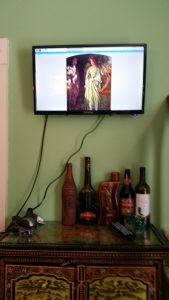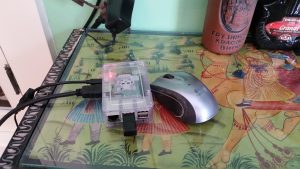The Metropolitan Museum of Art has released a vast part of their collection as digital images for free (yes, unlimited, unrestricted) use. They tally the count at 406,000 images.
Their details here:
https://mymodernmet.com/metropolitan-museum-of-art-open-access/
This story details the public search access point, which gives individual images.
To use the images in a large system, there is an API for direct program access OR there is a slightly convoluted method that allow downloading the whole database as a CSV file and loading it where you wish.
-
- 1: API Access:
A REST style URL allowing searching access and returning various information including a URL to the actual Image.
Details at: https://metmuseum.github.io/
- 1: API Access:
-
- 2: Full database download:
This allows getting a full data dump with all the values returned by the API as one data file.
https://github.com/metmuseum/openaccess
The data points to CSV via a Github method for downloading large data sets:
the “git-lfs” system
- 2: Full database download:
- This is done by installing lfs
- https://git-lfs.github.com/
- and then doing:
- git lfs clone https://github.com/metmuseum/openaccess
This results in a CSV file, EXCEPT there are some embedded returns in the CSV so a direct CSV database load can not always be used. I wrote a script to clean up the CSV to load directly into a mysql (MariaDB) database. If you have trouble loading the data, email our contact form and we’ll help how we can.
Here is more about the project:
https://www.metmuseum.org/blogs/now-at-the-met/2018/met-collection-api
And other related projects:
https://en.wikipedia.org/wiki/Wikipedia:GLAM/Metropolitan_Museum_of_Art

